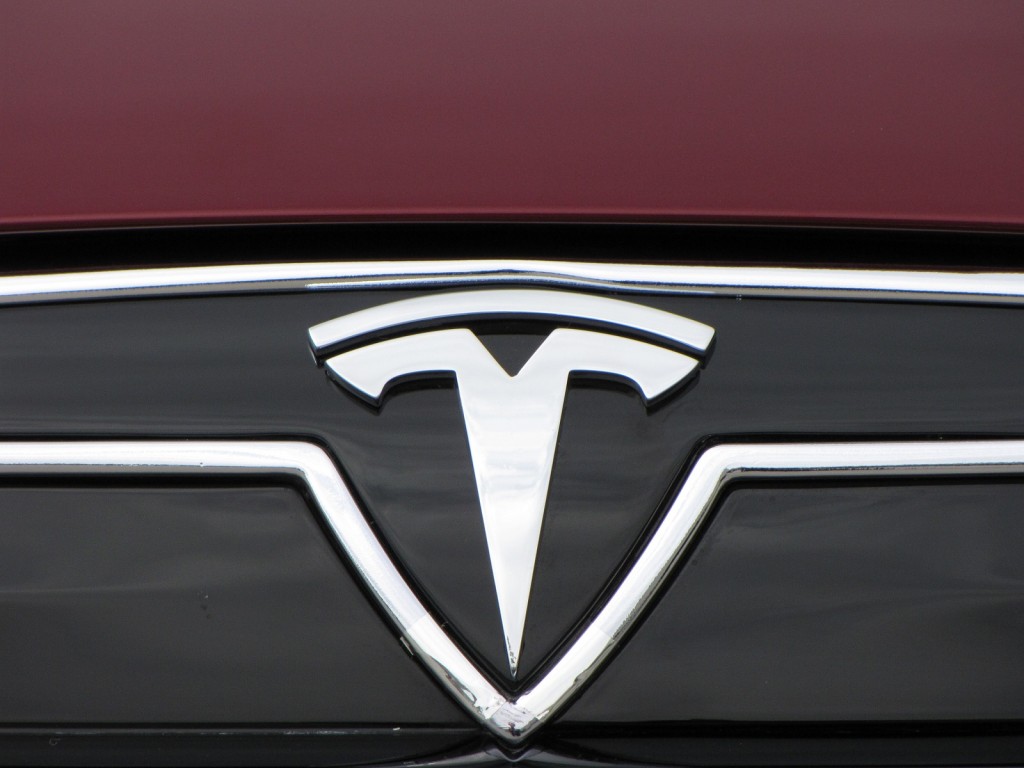Tesla Motors' effect on the car industry is the subject of much analysis, but how is the carmaker affecting its home region of Silicon Valley?
While most attention is focused on the massive battery Gigafactory near Reno, Nevada, Tesla will continue to expand its presence in California.
The automaker is responsible for bringing an "ecosystem" of businesses that support car manufacturing back to the area surrounding its Fremont assembly plant, a new report from the San Jose Mercury News says.
MORE: Tesla Needs More Office Space Too (It's Not Just The Gigafactory)
it is already California's largest automotive employer, and plans to expand as production of the Model X crossover and Model 3 sedan--which will be smaller and less expensive than the current Model S--get underway.

2012 Tesla Model S beta vehicle, Fremont, CA, October 2011
The majority of those California employees work at Tesla's plant in Fremont, which was originally built as a joint venture between General Motors and Toyota.
Tesla's presence has been a boon for local businesses, which are patronized by the carmaker's employees.
It's also attracted additional automotive businesses including Futuris, an Australian company that makes leather seats and other components for the Model S.
Futuris moved into a facility in nearby Newark earlier this year to be closer to Tesla. Eclipse Automation--which tests manufacturing equipment--recently followed suit with offices in Fremont.
In addition to reshaping the business landscape in Silicon Valley, Tesla is also reshaping the physical landscape.
2012 Tesla Model S beta vehicle, Fremont, CA, October 2011
The Fremont assembly plant will anchor the new "Warm Springs Innovation District," which aims to develop land near the factory into a self-contained neighborhood with housing, shopping, and entertainment.
All of this development is impressive, considering that California isn't the best place to make cars.
Strict environmental regulations, Silicon Valley's intolerance of long product cycles, and other factors make California a bad place for large-scale manufacturing. Yet Tesla seems content there.
[hat tip: Brian Henderson]
_______________________________________________












